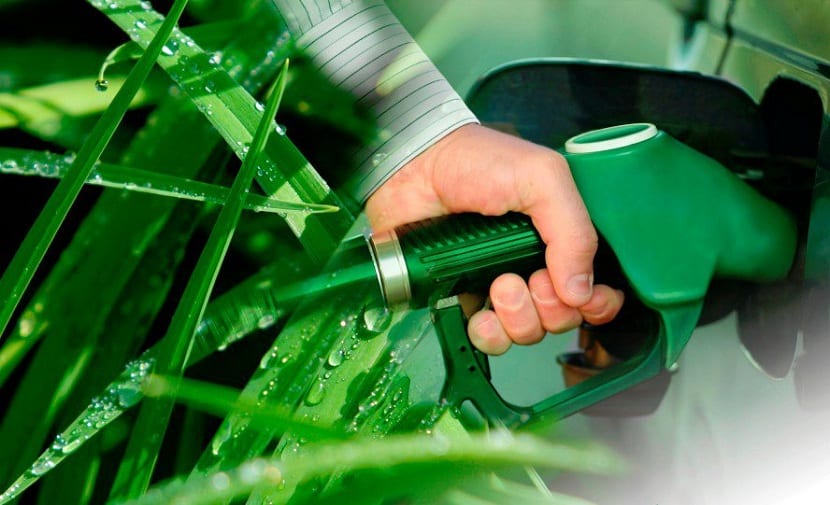
There are fuels that are generated from the biomass of our planet and that, therefore, are considered biofuels or renewable fuels. In this case, we are going to talk about bioethanol.
Bioethanol is a variety of biofuel that, unlike oil, it is not a fossil fuel that has taken millions of years to form. It's about a ecological fuel that can perfectly replace gasoline as an energy source. If you want to learn everything related to bioethanol, keep reading 🙂
Biofuel use objective
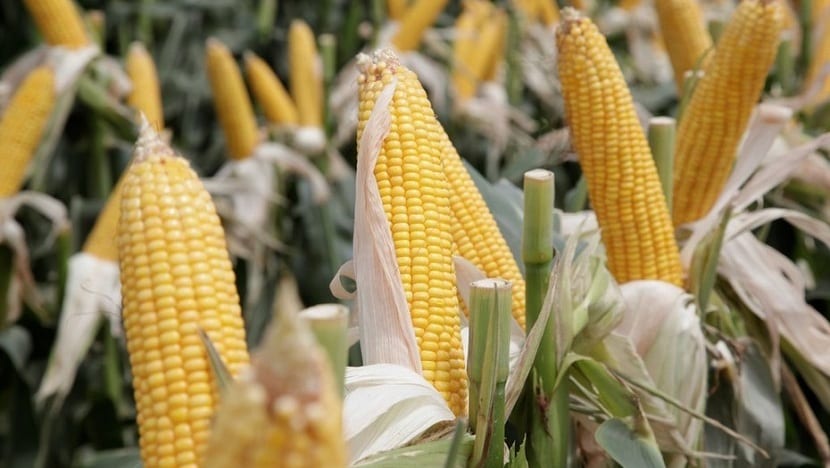
The use of biofuels has one main objective: reduce greenhouse gas emissions into the atmosphere. Greenhouse gases are capable of retaining heat in the atmosphere and increasing the average temperatures of the planet. This phenomenon is causing global climate change with serious consequences.
The use of energy for the human being is inevitable. However, this energy can come from renewable and clean sources. In this case, bioethanol serves as a fuel for transportation helping to reduce these greenhouse gas emissions that are accelerating global warming.
On the other hand, its consumption is also quite interesting because it not only reduces emissions in its use, but also reduces crude imports. When bioethanol is used as fuel, we are contributing to the development of agricultural and industrial activities, increasing the self-sufficiency of our country. And it is that in Spain we have the first pioneering company that was created to produce bioethanol at the European level.
Obtaining process
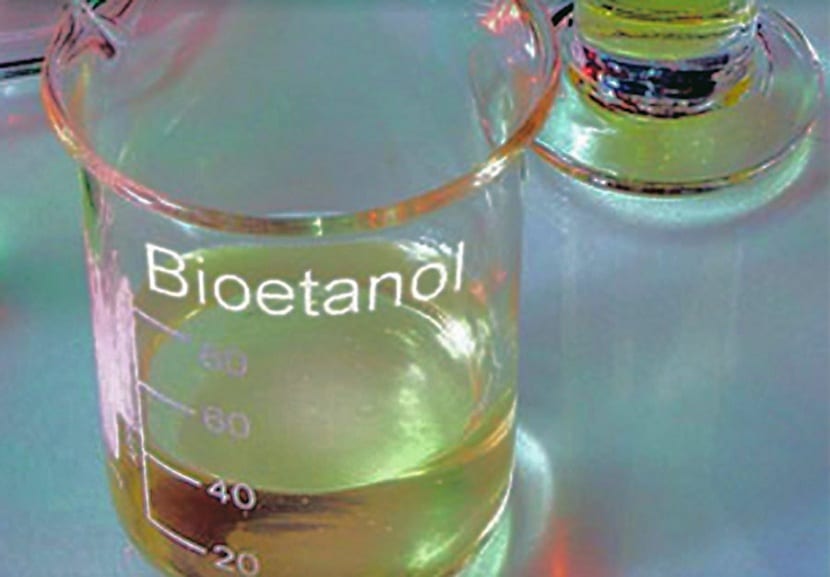
Bioethanol, as mentioned before, drives agricultural and industrial activities since it is obtained through fermentation of organic matter and biomass that is rich in carbohydrates (sugars, mainly). These raw materials are generally: cereals, foods rich in starch, sugar cane crops and pomace.
Depending on the type of organic matter used for the production of bioethanol, various by-products can be generated for the food and energy industry (hence it is capable of driving these production sectors). Bioethanol is also known as bioalcohol.
What is it used for?

Using bioethanol for home heating
Its main use is as a direct substitute for fuel. It is often called green fuel for its reduction in greenhouse gas emissions. It is usually replaced by gasoline since it is characterized by having a high octane number. To avoid the change in the car engine and that it does not suffer, you can use bioethanol with 20% gasoline. In this way, every time we need ten liters of fuel, for example, we can use eight liters of bioethanol and only two liters of gasoline.
Although it has a lower calorific value than gasoline, it is frequently used to increase the octane number. The higher the octane gasoline has, the higher quality it contributes to driving and the higher efficiency it has. Therefore, 98 octane gasoline is more expensive than 95 octane.
Bioethanol is used as fuel in Brazil, where the possibility of refueling at gas stations is very common. This fuel is not only limited to the use of the transport field, but also It is used for heating and domestic use.
Environmental impact
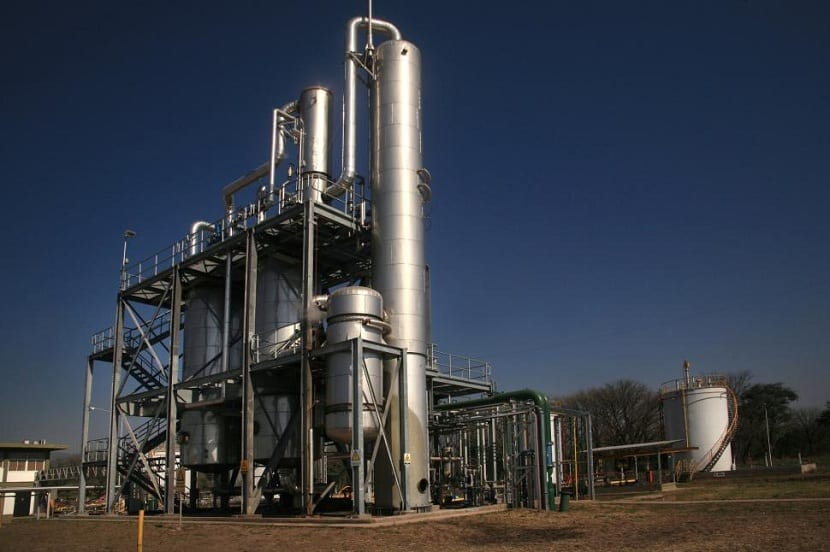
Although it is said to be a biofuel or green fuel, its environmental impact generates controversy among advocates and detractors. While the combustion of ethanol results in a lower CO2 emission compared to gasoline derived from petroleum, the bioethanol to be produced involves the consumption of energy.
Consuming bioethanol in your vehicle does not mean that you are free of emissions, but that they are lower. However, to produce bioethanol energy is also required, therefore emissions are also generated. There are studies that analyze the return on investment energy (ERR) of bioethanol. That is, the amount of energy that is necessary for its generation compared to the energy that it is capable of generating during its use. If the difference is profitable and is compared with the total emissions, bioethanol could be considered a fuel with less environmental impact.
Bioethanol can also have an impact on food prices and deforestation, since it depends entirely on the crops mentioned above. If the price of bioethanol is more expensive, the prices of the food it transports will also be.
Production process

We are going to see step by step how bioethanol is generated in a plant. Depending on the type of raw material used, the production process varies. The most commonly used steps are as follows:
- Dilution. In this process, water is added to adjust the amount of sugar necessary for the mixture or the amount of alcohol in the product. This phase is necessary to avoid inhibition of yeast growth during the fermentation process.
- Conversion. In this process, the starch or cellulose present in the raw material is transformed into fermentable sugars. For this to happen, you must either use the malt or use a treatment process called acid hydrolysis.
- Fermentation. This is the last step for the production of bioethanol. It is an anaerobic process whereby yeasts (which contain an enzyme called invertase that acts as a catalyst) help convert sugars into glucose and fructose. These, in turn, react with another enzyme called Zymase and ethanol and carbon dioxide are produced.
Advantages of bioethanol
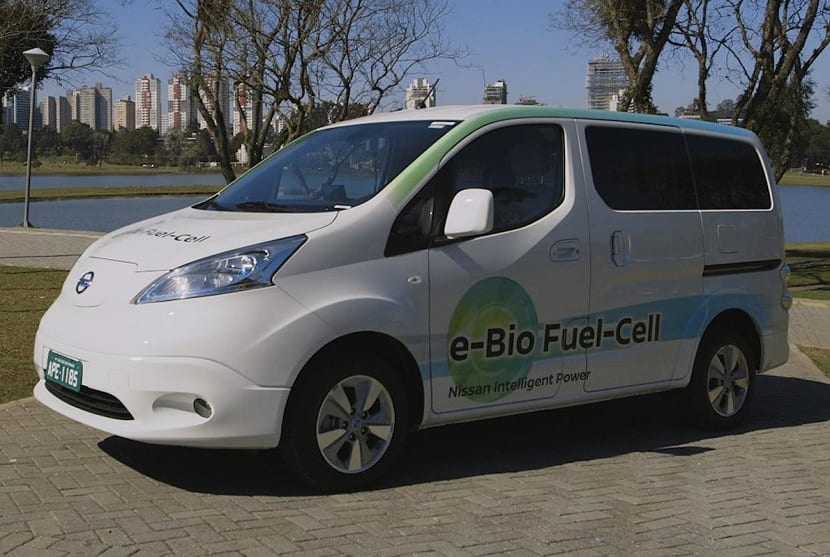
The most important advantage is that it involves a renewable product, so there are no worries of your future burnout. In addition, it contributes to the current decline in fossil fuels and less dependence on them.
It also has other advantages such as:
- Less pollution than fossil fuels.
- The technology that is needed in its production is simple, so any country in the world can develop it.
- It burns cleaner, producing less soot and less CO2.
- It serves as an antifreeze product in engines, thus greatly improving cold engine starting, also preventing freezing.
Bioethanol must be converted little by little into a fuel more consumed globally to reduce the consumption of fossil fuels and its dependence.